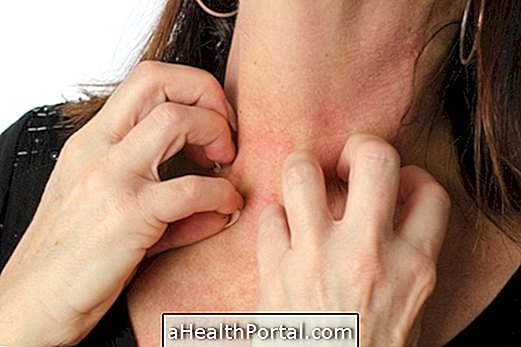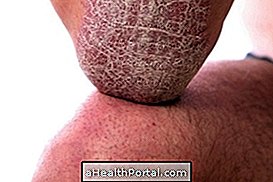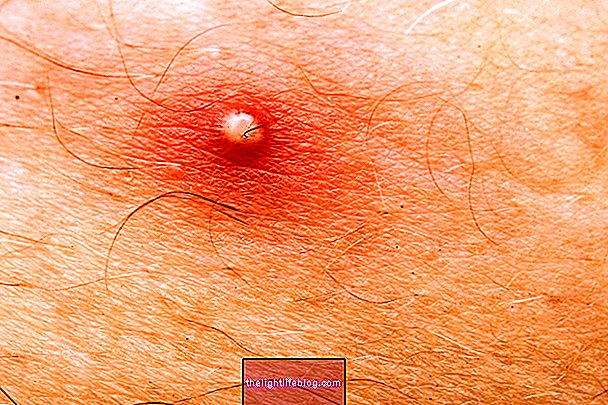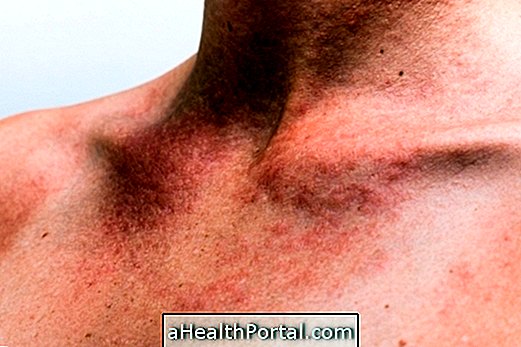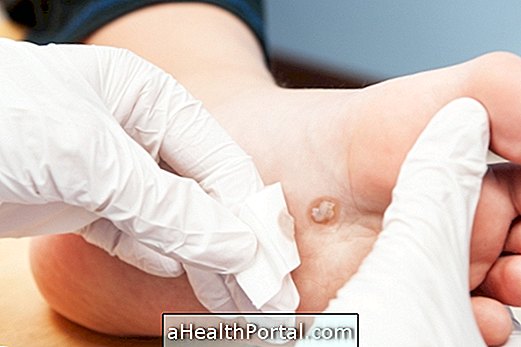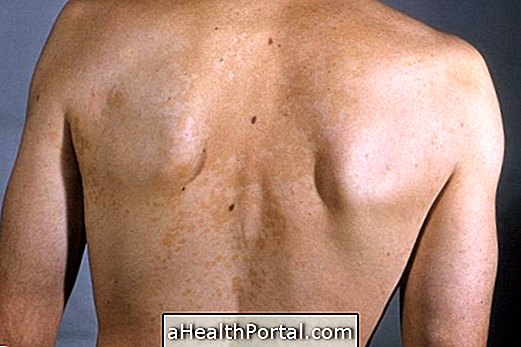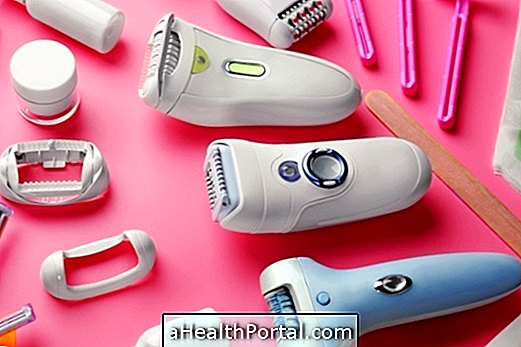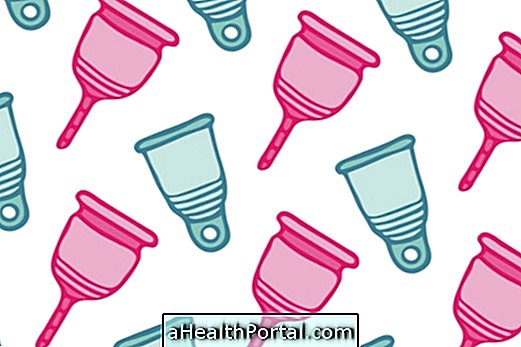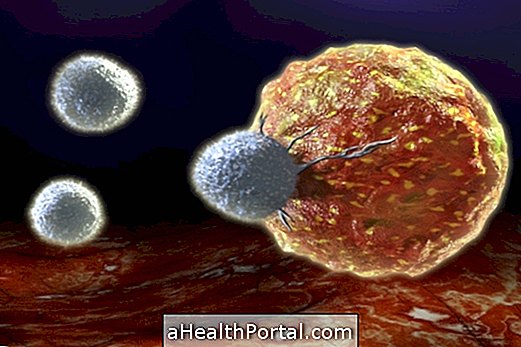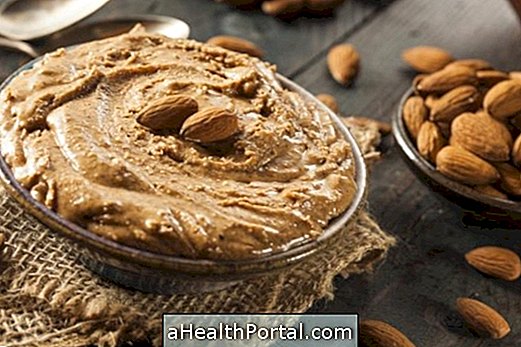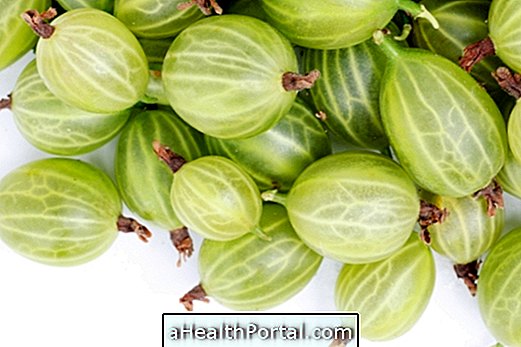The keloid corresponds to the abnormal but benign growth of scar tissue due to increased production of collagen in the site and there was a skin lesion. It can arise after cuts, surgery, acne and piercing of the nose and ear, for example.
Although it is not a risk to the person, it usually causes a lot of discomfort, mainly aesthetic. It is therefore important that after surgery, for example, care is taken with the affected region to avoid the formation of keloids.
Keloids are more common in blacks, Hispanics, Easterners, and people who have previously developed keloids. Thus, these people need to take special care to avoid the development of keloid such as use of specific ointments that should be recommended by the dermatologist.
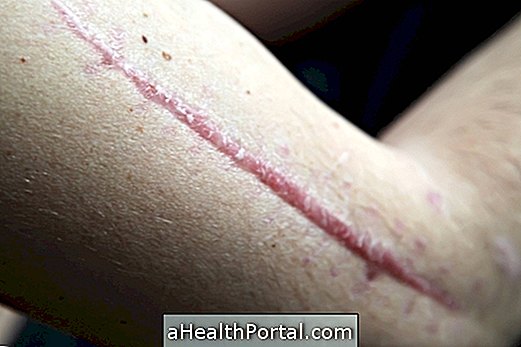
How is the treatment done?
1. Ointments for keloid
Keloid ointments are the best treatment option because they help to smooth and disguise the scar. The main ointments for keloid are Cicatricure gel, Contractubex, Ultra Skimatix, C-Kaderm and Kelo Cote. Learn how each oint acts and how to use them.
2. Corticosteroid Injection
Corticosteroids can be applied directly to the scar tissue in order to reduce local inflammation and make the scar flatter. Usually the dermatologist recommends that corticosteroid injection occur in 3 sessions with interval of 4 to 6 weeks between each.
3. Silicone dressing
Silicone dressing is a self-adhering and impermeable dressing that should be applied over the keloid for 12 hours for a period of 3 months. This dressing promotes the reduction of redness of the skin and the height of the scar.
The dressing should be applied under clean and dry skin for improved adherence. In addition, it can be used during daily activities and each unit of the silicone dressing can be reused for about 7 days.
4. Surgery
Surgery is considered the last option for keloid removal, because there is a risk of new scars forming or even worsening the existing keloid. This type of surgery should only be done when the aesthetic treatments recommended by the dermatologist do not work, such as silicone dressing and use of ointments, for example. See how plastic surgery is done to remove the scar.
How to avoid keloid during healing
To avoid keloid formation during the healing process, it is important to take some care, such as using sunscreen every day, protecting the affected area from the sun and using creams or ointments recommended by the dermatologist when the skin is healed.
